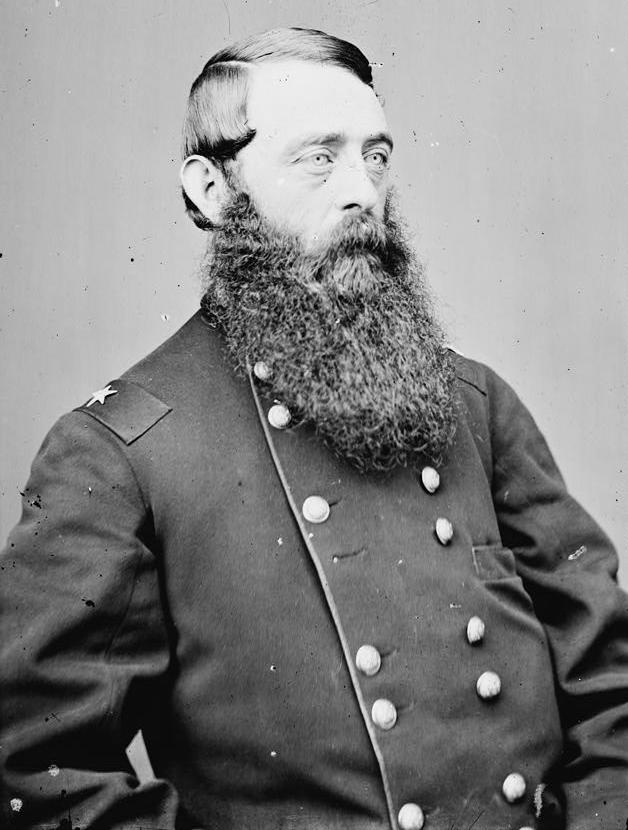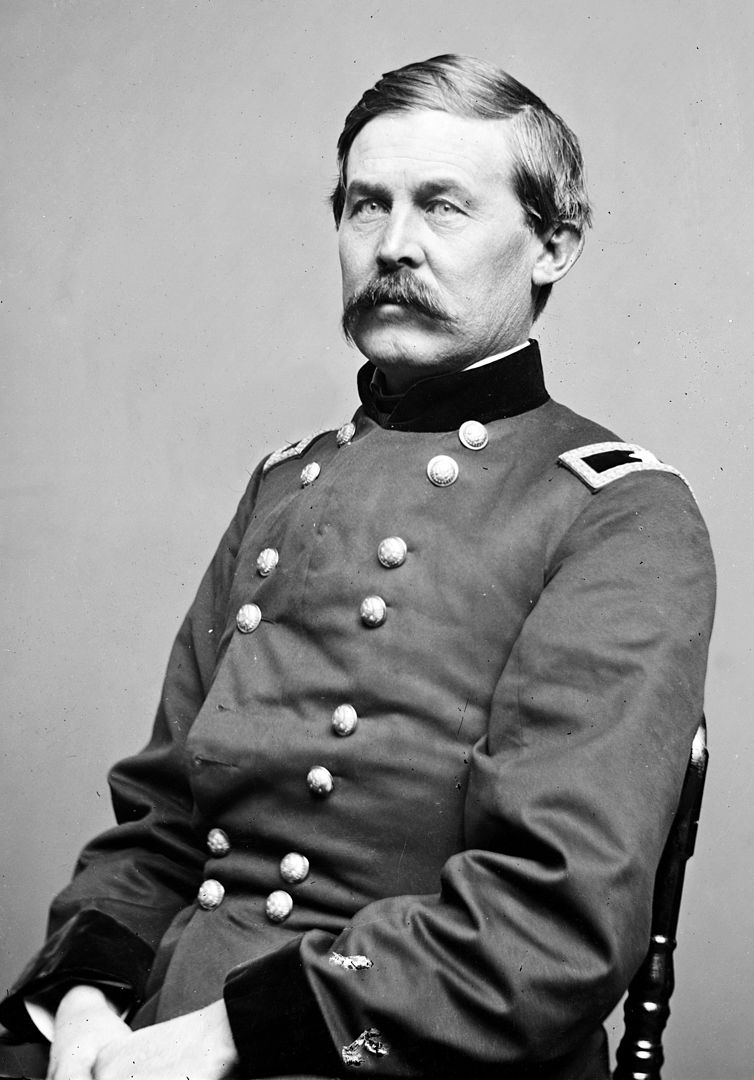Confederate counterattacks were unsuccessful in regaining control of the ridge
Another interesting fact is that Confederate counterattacks were unsuccessful in regaining control of the ridge. Stuart remained on the defensive after the Battle of Aldie, hoping to thwart any Federal attempts to assault the Blue Ridge Mountains passes. Pleasonton sent probes in the direction of Ashby's and Snicker's Gaps. On June 18, David McM. Gregg encountered Confederate pickets near Middleburg, and Stuart was forced to retreat to a commanding ridge west of town. Pleasonton, fearful of a trap, ordered Gregg to return to Aldie.
The next day, Gregg moved again on Middleburg, sending his first cousin, Col. J. Irvin Gregg, with a brigade against the Rebels while John Buford's division swung north towards Pot House (New Lisbon). Buford eventually captured the terrain near Pot House after a flanking march, pushing back two battalions of William "Grumble" Jones' brigade in a little fight.
Gregg was so pleased by the Confederate position on the high hills beyond Middleburg after a long fight to dislodge reinforced pickets from the town that he begged for backup before striking. Kilpatrick dispatched two regiments to help extend the Federal line, and Gregg proceeded slowly. A succession of Union charges eventually drove Stuart's horse artillery and cavalry to flee. Several Confederate counterattacks were unsuccessful in regaining control of the ridge.






